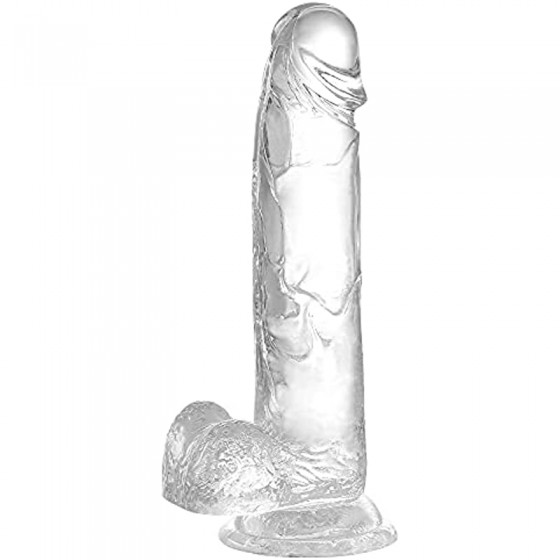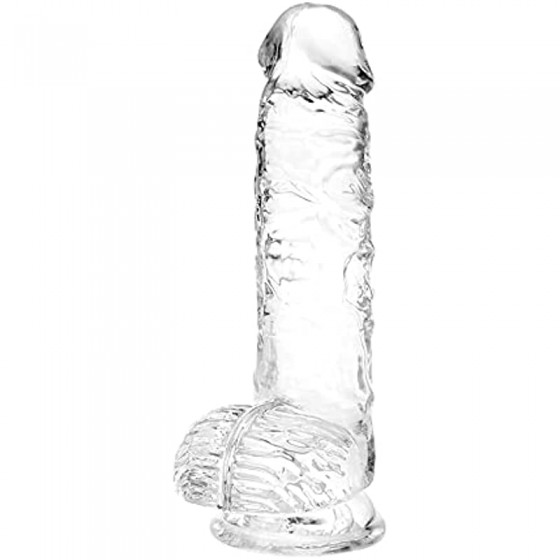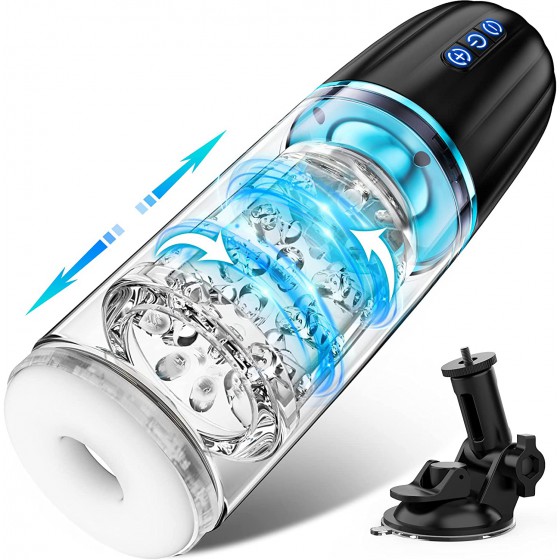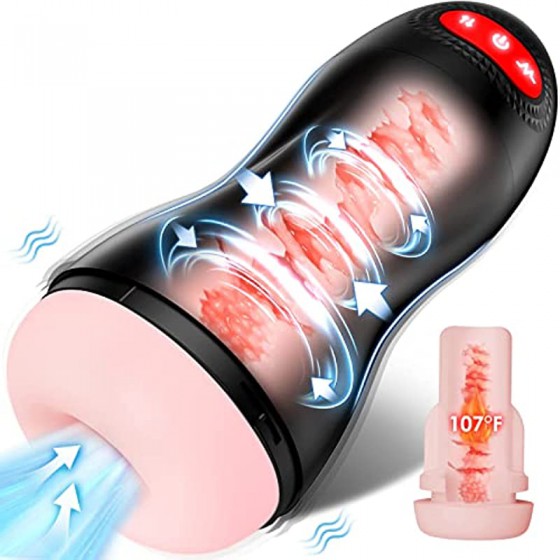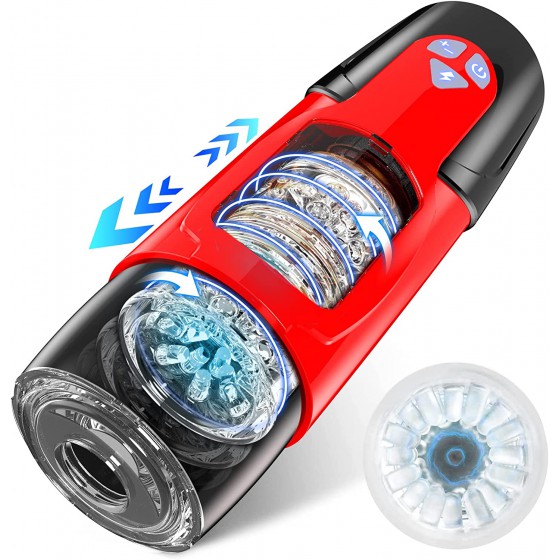What is the function of a woman’s pubic hair? Why is pubic hair called “sexual hair”?
With the change of seasons, the temperature rises in summer, and the body's metabolism is strong. This may cause body hair to grow more vigorously in summer due to changes in hormone levels. Normal women's private body hair is related to every woman's hygiene and health. Private body hair is the sexiest physiological tissue, but like a man's beard, it is one of the physiological phenomena of the human body. There is no need to avoid violations. In today's civilized and open world, talking about the role and health of private body hair is a completely normal and healthy topic. , does not imply any bad tendencies.
Female private hair is also called pubic hair
Private hair is the surface part of the female external genitalia, located in front of the pubic symphysis. After puberty, the subcutaneous fat becomes increasingly plump and pad-shaped, and private hair grows. The distribution of private hair is basically an inverted triangle, covering downwards. The labia majora meet in front of the anus. Some women have long strips of hair in their private parts. The thickness, richness and sparseness of hair can vary greatly, but the degree, number, density, thickness and color of hair can vary between individuals and races, and are not directly related to development.
The development of female pubic hair
Breasts can develop as early as 8 years old, with an average of 10-11 years old. Most of them begin to swell before the age of 13. Hair in the private parts develops and begins to appear before the breasts mature. The angle between the hair in the private parts and the skin surface is no more than 30 degrees. , downward, covering the midline, from the mons pubis and labia majora, downward to form an inverted triangle, and the upper edge is horizontal.
The amount, distribution, and color of hair in private parts vary greatly from person to person. The hair on women's private parts can also appear in strips from the mons pubis downward, together with the pubic hair on the labia majora. When the breasts mature and stand up high on the chest; hair grows, the mons pubis is thick, the pelvis is wide and flat, the buttocks are enlarged, muscles and fat are smoothly distributed, and a curvy female body shape is formed, and the female puberty period is completed. Therefore, by the age of 18, a woman’s secondary sexual characteristics have all developed and matured. That is to say, by the age of 18, a girl’s organ functions have been fully developed and she has the ability to have children.
Why is female pubic hair called "sexual hair"?
People know too little about pubic hair and think it is dispensable. They even think that its existence hinders sexual intercourse. This is a misunderstanding of pubic hair. In fact, among the hairs, pubic hair has the most sexual physiological characteristics. Pubic hair is one of the secondary sexual characteristics of adult men and women. It is not a redundant decoration, nor does it "get in the way". There is a reason for pubic hair to grow.
When entering puberty, when girls are 11 to 12 years old and boys are 14 to 15 years old, due to the action of sex hormones, pubic hair begins to grow, which is distributed in the lower abdomen and perineum. It is distributed in a diamond shape for adult men and an inverted triangle for adult women. . Pubic hair has a mysterious beauty that conveys the message of sexual maturity. It can help attract the opposite sex, arouse sexual excitement, and enhance sexual pleasure between couples. For example, the thick pubic hair at the base of a man's penis can provide strong sexual stimulation to women and stimulate their strong sexual desire, so it is also known as "sexual hair". Pubic hair is particularly sensitive to touch and often becomes a "provocative signal" in the "sexual foreplay" of sex, transitioning into "sex-in-play". After entering the "sexual drama", the pubic hair quickly changes its "role" and plays a buffering role during sexual intercourse to prevent strong friction of the skin and protect the skin from damage.


